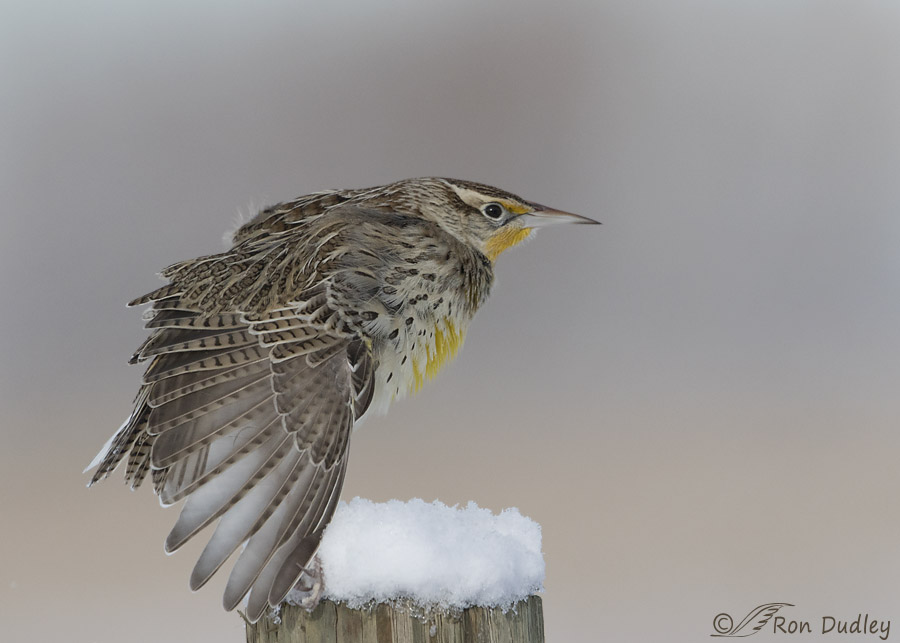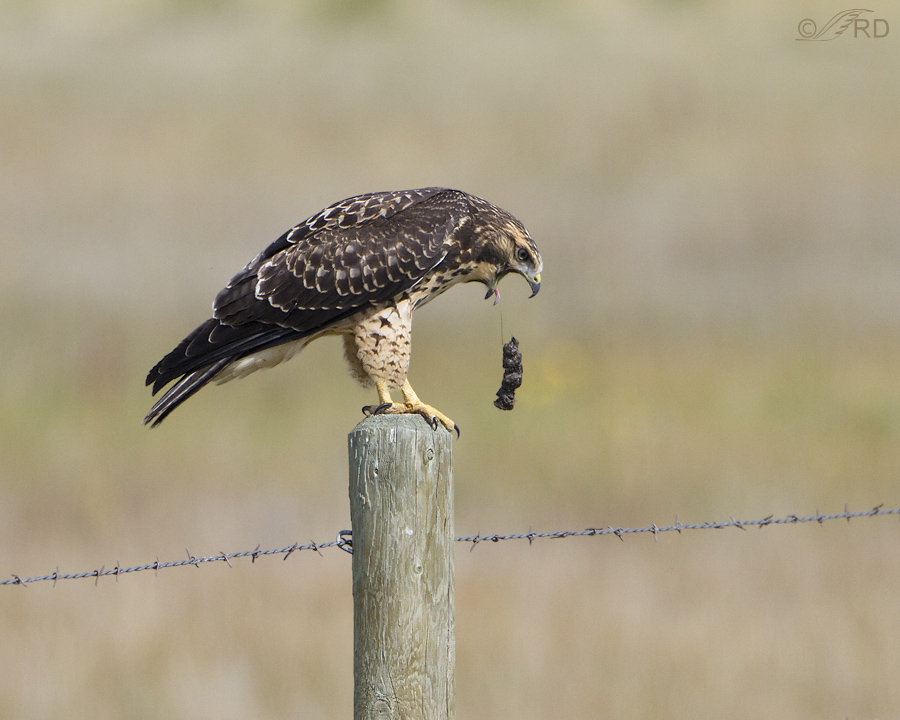Tag: stretching
Anticipating Raptor Take-off
American Kestrel, Preening and Stretching
This slightly wet and bedraggled (but still handsome) male kestrel was quite wary of me as I approached him on his favorite perch. 1/1250, f/5.6, ISO 500, EV +0.67 American Kestrels are notoriously difficult to get close to and several times he nearly flew off as I slowly worked myself within good shooting distance. But it had been a cold morning and these birds are more “sticky” in the chill so he allowed me a relatively close approach. 1/1000, f/7.1, ISO 640, EV +0.33 Soon after he became comfortable in my presence the warming sun came out (as you can tell by the difference in background in the first two images) and he began to preen. I got many interesting images of him working on his tail feathers but this one shows the eye best. For protection of their eyes they typically close them as they run a feather through their beak. 1/1000, f/8, ISO 640, EV +0.33 And then he began a long, slow stretch – first by fanning his tail… 1/1000, f/8, ISO 640, EV +0.33 and then stretching out his left wing downward. As you can see, they often stretch all three “limbs” at the same time – tail, wing and leg. 1/1000, f/8, ISO 640, EV +0.33 When it was over he fluffed up his feathers and held this position, with one foot up, for quite a while to enjoy the warmth of the sun. I have many photos of perched kestrels but I don’t often get…



